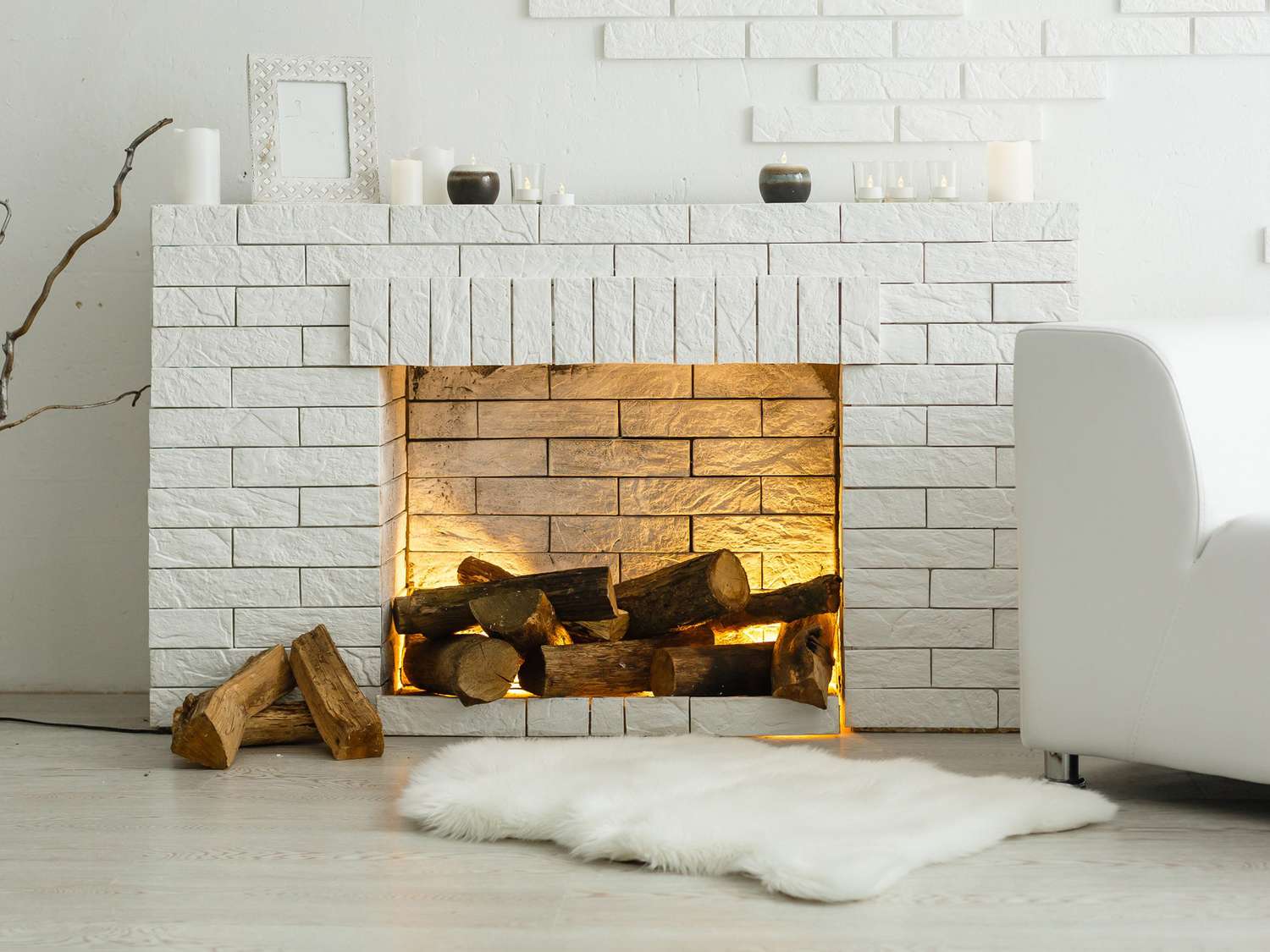

Articles
How Often To Clean Gas Fireplace Chimney
Modified: August 22, 2024
Discover how often you should clean your gas fireplace chimney with our informative articles. Get expert tips and advice to maintain a safe and efficient fireplace.
(Many of the links in this article redirect to a specific reviewed product. Your purchase of these products through affiliate links helps to generate commission for Storables.com, at no extra cost. Learn more)
Introduction
Welcome to our comprehensive guide on how often to clean a gas fireplace chimney. Gas fireplaces are a popular choice for homeowners due to their convenience, efficiency, and clean-burning nature. However, it’s essential to ensure that the chimney of your gas fireplace remains clean and functional for optimal performance and safety.
A gas fireplace chimney plays a crucial role in venting combustion byproducts, such as carbon monoxide and other harmful gases, out of your home. Over time, chimneys can accumulate debris, soot, and creosote, which can obstruct the airflow and increase the risk of carbon monoxide poisoning or even chimney fires.
Regular cleaning and maintenance are therefore necessary to keep your gas fireplace chimney running smoothly and safely. In this article, we will explore the importance of regular chimney cleaning, factors to consider, the recommended frequency for cleaning, signs that your chimney may need cleaning, the differences between DIY cleaning and professional cleaning, steps to clean a gas fireplace chimney, and important safety precautions to follow.
So, whether you’re a new gas fireplace owner or looking to improve your chimney maintenance routine, this article will provide you with all the information you need to keep your gas fireplace chimney clean and trouble-free.
Key Takeaways:
- Regular cleaning of your gas fireplace chimney is essential for safety, efficiency, and longevity. Prioritize safety, consider key factors, and consult professionals for optimal maintenance and performance.
- Signs that your gas fireplace chimney needs cleaning include poor ventilation, foul odors, soot buildup, ignition issues, and animal or debris presence. Regular monitoring and prompt action can prevent potential hazards.
Read more: How Often To Clean Pellet Stove Chimney
Understanding Gas Fireplace Chimneys
A gas fireplace chimney is a part of the venting system that allows the safe expulsion of combustion byproducts produced when you use your gas fireplace. Unlike traditional wood-burning fireplaces, gas fireplaces produce minimal smoke and debris. However, they still require a chimney to vent out the small amount of emissions they produce.
A gas fireplace chimney consists of several components, including the chimney liner, flue pipe, and termination cap. The chimney liner is a protective layer that lines the inside of the chimney, preventing damage to the chimney structure and improving draft efficiency. The flue pipe connects the fireplace to the chimney, carrying the exhaust gases outside. The termination cap acts as a cover, protecting the opening of the chimney from rain, animals, and debris.
It’s important to note that gas fireplace chimneys are usually smaller and have different design and construction compared to chimneys for wood-burning fireplaces. This is due to the lower volume of emissions produced by gas fireplaces. However, this doesn’t mean that gas fireplace chimneys are exempt from regular cleaning and maintenance.
The primary function of a gas fireplace chimney is to ensure the safe venting of combustion byproducts, including carbon monoxide. Carbon monoxide is a colorless, odorless, and poisonous gas that is produced when any fuel is burned, including natural gas or propane. A properly functioning chimney allows the carbon monoxide to exit the home, preventing it from accumulating and endangering the occupants.
Regular cleaning of your gas fireplace chimney is crucial to maintain its efficiency and prevent potential hazards. Even though gas fireplaces produce minimal soot and debris, the constant use of the fireplace can result in the accumulation of residue and creosote, a byproduct of incomplete combustion. These deposits can restrict airflow, reduce efficiency, and increase the risk of carbon monoxide poisoning and chimney fires.
Now that we understand the importance of keeping a gas fireplace chimney clean, let’s delve into why regular cleaning is necessary.
Importance of Regular Cleaning
Regular cleaning of your gas fireplace chimney is essential for several reasons. Let’s explore the importance of maintaining a clean chimney:
- Safety: The primary reason for regular chimney cleaning is safety. Over time, chimneys can accumulate debris, soot, and creosote, which can obstruct the airflow and ventilation of your gas fireplace. This can result in the buildup of dangerous gases like carbon monoxide inside your home. Carbon monoxide is odorless and can be lethal if inhaled in high concentrations. Regular cleaning helps prevent the risk of carbon monoxide poisoning and ensures the safe operation of your gas fireplace.
- Improved Efficiency: A clean chimney allows for better airflow and ventilation, which directly impacts the efficiency of your gas fireplace. When the chimney is clogged or obstructed, the combustion byproducts cannot be efficiently vented out. This leads to reduced performance of the fireplace, lower heat output, and increased energy consumption. By regularly cleaning your chimney, you can ensure that your gas fireplace operates at its maximum efficiency.
- Prevention of Chimney Fires: Creosote, a highly flammable substance, can accumulate inside the chimney lining over time. When the temperature rises, such as during extended fireplace use, the creosote can ignite, causing a chimney fire. Regular cleaning helps remove creosote buildup and reduces the risk of chimney fires. It’s important to note that even gas fireplaces produce a small amount of creosote, which can accumulate and become a fire hazard if not regularly cleaned.
- Longevity of Chimney Components: Cleaning your gas fireplace chimney on a regular basis helps prolong the life of its components. The buildup of soot, debris, and creosote can lead to corrosion and deterioration of the chimney liner, flue pipe, and termination cap. Regular cleaning ensures that these components remain in good condition, reducing the likelihood of costly repairs or replacement.
- Compliance with Manufacturer’s Recommendations: Gas fireplace manufacturers often recommend regular cleaning and maintenance to ensure the safe and efficient operation of their products. Adhering to these recommendations not only ensures the longevity of your gas fireplace but also maintains the warranty coverage, protecting your investment.
Now that we understand the importance of regular chimney cleaning, let’s move on to the factors to consider in determining how often you should clean your gas fireplace chimney.
Factors to Consider
When determining how often to clean your gas fireplace chimney, there are several factors to consider. These factors can help you determine the frequency that is most suitable for your specific situation. Let’s take a look at some of the key factors to consider:
- Frequency of Fireplace Use: The more frequently you use your gas fireplace, the more often you’ll need to clean the chimney. Regular use can lead to the accumulation of residue, soot, and creosote, which can obstruct the chimney and affect its performance. If you use your gas fireplace as a primary heat source during the winter months, it may require more frequent cleaning compared to occasional use during milder weather.
- Type of Gas Fuel: The type of gas fuel you use in your fireplace can also impact how often you should clean the chimney. Natural gas and propane are the most commonly used fuels for gas fireplaces. Propane tends to produce more soot and residue compared to natural gas. If you use propane, you may need to clean the chimney more frequently to prevent the buildup of deposits.
- Efficiency of Your Gas Fireplace: The efficiency of your gas fireplace can affect how quickly creosote and other deposits accumulate in the chimney. A higher-efficiency fireplace will produce less exhaust and may require less frequent cleaning. Conversely, if your gas fireplace has a lower efficiency rating, it may generate more combustion byproducts and require more regular cleaning to maintain optimal performance.
- Climatic Conditions: The climate in which you reside can also impact the frequency of chimney cleaning. If you live in an area with high humidity or experience heavy rainfall, the moisture can mix with the residues inside the chimney, leading to the formation of acidic compounds. These compounds can accelerate the corrosion of the chimney components and increase the need for more frequent cleaning.
- Professional Inspection Results: Periodic professional inspections of your gas fireplace and chimney can provide valuable insights into the condition and cleanliness of the chimney. A certified chimney sweep can assess the buildup of creosote, check for any obstructions, and recommend an appropriate cleaning schedule based on their findings. Consider consulting a professional to determine the ideal cleaning frequency for your specific chimney.
By considering these factors, you can determine a cleaning schedule that suits your gas fireplace chimney’s unique needs. In the next section, we will discuss the recommended frequency for cleaning your gas fireplace chimney.
Recommended Frequency for Cleaning
The recommended frequency for cleaning your gas fireplace chimney can vary depending on several factors. While there isn’t a one-size-fits-all answer, here are some general guidelines to consider:
- Annual Inspection: It is generally recommended to have your gas fireplace chimney inspected annually by a professional chimney sweep. During the inspection, they can assess the condition of the chimney, check for any blockages or damage, and determine if cleaning is necessary. An annual inspection ensures that any potential issues are identified and addressed promptly.
- Semi-Annual Cleaning: For most gas fireplace chimneys, a thorough cleaning every six months is sufficient to maintain optimal performance and safety. This cleaning schedule is especially recommended if you use your gas fireplace frequently, such as during the winter months. Regular cleaning every six months helps remove any buildup of residue, soot, and creosote, preventing potential blockages and reducing the risk of chimney fires.
- Monitoring Chimney Performance: In addition to following a set cleaning schedule, it’s important to keep an eye on your gas fireplace chimney’s performance. If you notice any signs of poor ventilation, decreased efficiency, or unusual odors, it may be an indication that cleaning is required before the next scheduled maintenance. Regular monitoring allows you to address potential issues promptly and avoid any safety hazards.
- Manufacturer’s Recommendations: It’s always a good idea to consult the manufacturer’s instructions and guidelines for your specific gas fireplace model. The manufacturer may provide specific recommendations regarding cleaning frequency or suggest professional maintenance at regular intervals. Following the manufacturer’s recommendations ensures that you comply with their guidelines and maintain your warranty coverage.
Remember, these recommendations are general guidelines, and your specific situation may require a different cleaning frequency. Factors such as frequency of use, type of gas fuel, and climatic conditions can influence the buildup of deposits in your gas fireplace chimney. Consulting a professional chimney sweep can provide valuable insights and help determine the ideal cleaning schedule for your specific chimney.
In the next section, we will discuss some common signs that indicate that your gas fireplace chimney needs cleaning.
It is recommended to have your gas fireplace chimney cleaned and inspected at least once a year to ensure it is functioning safely and efficiently. Regular maintenance can help prevent potential hazards and extend the lifespan of your fireplace.
Read more: How Often To Clean Chimney With Oil Furnace
Signs that Your Gas Fireplace Chimney Needs Cleaning
Regular cleaning of your gas fireplace chimney is crucial for maintaining its performance and safety. However, it can sometimes be challenging to determine when it’s time for a cleaning. Here are some common signs that indicate your gas fireplace chimney needs cleaning:
- Poor Ventilation: If you notice a decrease in the efficiency of your gas fireplace, such as reduced heat output or weak flames, it could be a sign of a clogged or obstructed chimney. When the chimney is dirty, it hinders the proper airflow and ventilation of the fireplace. Cleaning the chimney can restore optimal ventilation and improve the performance of your gas fireplace.
- Smoky or Foul Odors: If you detect a smoky or foul odor coming from your gas fireplace, it could indicate the presence of soot or creosote buildup in the chimney. These deposits can emit unpleasant odors when heated, affecting the air quality in your home. Cleaning the chimney removes the source of the odor and improves the indoor air quality.
- Soot Buildup: Take a look at the glass doors, logs, or interior walls of your gas fireplace. If you notice a visible buildup of soot or black residue, it suggests that the chimney may need cleaning. Soot is a byproduct of incomplete combustion and can accumulate over time. Regular cleaning prevents excessive soot buildup and ensures the clean and aesthetic appearance of your gas fireplace.
- Slow Ignition or Difficulty Starting: If you experience difficulty igniting your gas fireplace or notice a delay in the flames starting, it could be a sign of a dirty or obstructed chimney. The buildup of debris and deposits can affect the ignition process, leading to issues with starting the fireplace. Cleaning the chimney can restore proper airflow and resolve this issue.
- Presence of Animals or Debris: Sometimes, animals can make their way into chimneys and build nests or leave debris behind. Unwanted debris or animal presence in the chimney can obstruct the venting system, leading to poor performance and safety risks. If you notice any signs of animals or debris in your gas fireplace chimney, it’s important to have it cleaned and ensure that the chimney is properly protected against future intrusions.
It’s important to address these signs promptly and not neglect the cleaning of your gas fireplace chimney. Regular cleaning and maintenance help prevent potential problems, ensure the safe operation of your gas fireplace, and extend its lifespan.
In the next section, we will discuss the options of DIY cleaning versus professional cleaning for your gas fireplace chimney.
DIY Cleaning vs. Professional Cleaning
When it comes to cleaning your gas fireplace chimney, you have the option of doing it yourself (DIY) or hiring a professional chimney sweep. Let’s explore the differences and considerations for both options:
DIY Cleaning:
DIY cleaning can be a cost-effective option, especially if you’re comfortable with performing maintenance tasks around your home. However, there are a few important points to keep in mind:
- Safety: Cleaning a gas fireplace chimney can involve climbing on the roof and working at heights. It’s crucial to prioritize safety and take precautions to prevent accidents or injuries. Ensure you have proper equipment, such as a sturdy ladder, safety harness, and protective gear.
- Knowledge and Expertise: Cleaning a chimney requires knowledge of chimney systems and how to properly remove the accumulated debris and deposits. It’s essential to educate yourself about the process and follow the correct procedures to avoid damage to the chimney or improper cleaning.
- Tools and Equipment: DIY cleaning will require you to have the necessary tools and equipment, such as chimney brushes, rods, and vacuum cleaners specifically designed for chimney cleaning. Investing in the right tools ensures that you can effectively clean the chimney and maintain its integrity.
- Potential Limitations: DIY cleaning may have limitations, especially if your chimney is inaccessible or if you don’t have the expertise to identify and address potential issues. In such cases, it may be more appropriate to seek professional assistance to ensure a thorough cleaning and inspection.
Professional Cleaning:
Hiring a professional chimney sweep offers several benefits, including:
- Expertise and Experience: Professional chimney sweeps undergo training and certification, which equips them with the knowledge and skills to effectively clean and inspect chimneys. They have the expertise to identify potential issues, ensure thorough cleaning, and provide recommendations based on their findings.
- Complete and Thorough Cleaning: Professional chimney sweeps have specialized tools and equipment that enable them to perform a comprehensive cleaning of your gas fireplace chimney. They can access hard-to-reach areas and remove stubborn deposits, ensuring optimal performance and safety.
- Inspection and Maintenance Recommendations: A professional chimney sweep can conduct a thorough inspection of your chimney, identifying any issues or potential hazards. They can provide valuable maintenance recommendations and address any additional requirements, ensuring the longevity and safe operation of your gas fireplace chimney.
- Time and Convenience: Hiring a professional saves you time and effort, as they will take care of the entire cleaning process. It allows you to focus on other tasks or enjoy peace of mind knowing that your gas fireplace chimney is in capable hands.
Ultimately, the decision to opt for DIY cleaning or professional cleaning depends on your comfort level, knowledge, and the specific condition of your chimney. If you’re unsure or have concerns, it’s generally recommended to seek professional assistance to ensure a thorough and safe cleaning process.
In the next section, we will outline the general steps involved in cleaning a gas fireplace chimney.
Steps to Clean a Gas Fireplace Chimney
Cleaning your gas fireplace chimney is an important maintenance task that should be done regularly to ensure optimal performance and safety. Here are the general steps involved in cleaning a gas fireplace chimney:
- Gather the necessary tools and equipment: Before you start cleaning, gather the tools and equipment you’ll need. This may include chimney brushes, rods, a vacuum cleaner specifically designed for chimney cleaning, protective gear, and a drop cloth to protect your surroundings.
- Turn off the gas supply: Ensure that the gas supply to your fireplace is turned off completely before beginning the cleaning process. This prevents any accidental gas leakage or ignition during the cleaning process.
- Protect your surroundings: Place a drop cloth or protective cover around the fireplace area to catch any debris or soot that may fall during the cleaning process. This will make cleanup easier.
- Clean the fireplace interior: Use a soft brush or vacuum cleaner to remove any loose debris and soot from the interior walls of the fireplace. Be careful not to damage any sensitive components or gas lines.
- Inspect and clean the chimney liner: Carefully inspect the chimney liner for any signs of buildup or blockage. Attach the appropriate-sized chimney brush to the rods, and slowly feed it into the chimney from the fireplace opening. Use a twisting motion as you push the brush up and down the chimney to scrub away any deposits. Repeat this process several times until the chimney liner is clean. Use a vacuum cleaner to remove any dislodged debris.
- Clean the termination cap: The termination cap, located at the top of the chimney, should also be inspected and cleaned. Remove any visible debris or obstruction using a brush or vacuum cleaner. Ensure that the cap is securely in place and functioning properly.
- Remove and clean the glass doors: If your gas fireplace has glass doors, remove them and clean them using a non-abrasive glass cleaner. Remove any dirt, grime, or soot buildup, and ensure that the glass doors are dry before reattaching them to the fireplace.
- Dispose of debris safely: After completing the cleaning process, carefully collect and dispose of any debris or soot in a safe manner. Seal it in a bag and discard it according to local waste disposal regulations.
- Professional inspection: In addition to DIY cleaning, it’s essential to schedule periodic professional inspections of your gas fireplace chimney. A certified chimney sweep can perform a detailed inspection, identify any potential issues, and provide expert recommendations on maintenance and cleaning frequency.
Note: These steps are general guidelines, and it’s important to follow the manufacturer’s instructions and any specific recommendations associated with your particular gas fireplace model.
Now that you know the steps involved in cleaning a gas fireplace chimney, let’s move on to important safety precautions that must be taken during the cleaning process.
Safety Precautions
When cleaning a gas fireplace chimney, it’s essential to prioritize safety to prevent accidents or hazards. Here are some important safety precautions to keep in mind:
- Turn off the gas supply: Before starting the cleaning process, ensure that the gas supply to your fireplace is turned off completely. This helps prevent any potential gas leaks or accidental ignition during cleaning.
- Wear protective gear: It’s important to protect yourself during the cleaning process. Wear safety goggles to shield your eyes from debris, gloves to protect your hands, and a dust mask or respirator to prevent inhalation of dust, soot, or creosote.
- Use sturdy equipment: Ensure that you have access to sturdy, stable, and properly-sized ladders or scaffolding if accessing the chimney from the roof. This reduces the risk of falls or accidents. Additionally, use high-quality chimney brushes and rods that are specifically designed for chimney cleaning to ensure effective cleaning and durability.
- Be cautious of hot surfaces: Gas fireplaces can become hot during and after use. Allow sufficient time for the fireplace and chimney to cool down before attempting any cleaning. Touch surfaces cautiously to avoid burns.
- Minimize dust and debris: When cleaning the chimney, use drop cloths or protective coverings to prevent dust, soot, or debris from spreading throughout your home. This will make cleanup easier and minimize the potential for respiratory issues or damage to your surrounding areas.
- Properly dispose of debris: Dispose of any debris, soot, or creosote in a safe manner. Seal it in a bag and dispose of it according to local waste disposal regulations. Do not throw debris or ashes directly into trash cans or compost piles, as they can pose a fire hazard.
- Consider hiring a professional: If you’re unsure about the cleaning process or have any concerns, it’s recommended to hire a professional chimney sweep. They have the expertise, experience, and safety equipment necessary for thorough cleaning while minimizing risks.
- Schedule regular professional inspections: In addition to regular cleaning, it’s crucial to schedule periodic professional inspections of your gas fireplace chimney. Professional chimney sweeps can identify any potential issues, including hidden damage or hazards, and provide expert recommendations.
Prioritizing safety ensures a smooth and risk-free cleaning process for your gas fireplace chimney. By following these safety precautions, you can maintain a safe and healthy environment while enjoying the warmth and comfort of your gas fireplace.
As we conclude this article, we hope that the information provided has equipped you with the knowledge and understanding of how often to clean a gas fireplace chimney and the importance of regular maintenance. Remember to consult the manufacturer’s guidelines and consider professional assistance to ensure the optimal performance and longevity of your gas fireplace chimney.
Read more: How To Clean Glass On Gas Fireplace
Conclusion
Regular cleaning of your gas fireplace chimney is crucial for maintaining optimal performance, safety, and longevity. By understanding the importance of cleaning, considering key factors, and following the recommended guidelines, you can ensure that your gas fireplace chimney remains in top condition.
During the cleaning process, it is important to prioritize safety by turning off the gas supply, wearing protective gear, using sturdy equipment, and following proper disposal methods for debris. If you’re unsure or have concerns, it is always advisable to seek professional assistance from a certified chimney sweep.
By regularly cleaning your gas fireplace chimney, you can prevent the buildup of debris, soot, and creosote, which can lead to poor ventilation, reduced efficiency, and potential safety hazards. Cleaning frequency can vary depending on factors such as fireplace usage, type of gas fuel, and climatic conditions.
Signs that your gas fireplace chimney may need cleaning include poor ventilation, smoky or foul odors, soot buildup, difficulty starting the fireplace, or the presence of animals or debris. Monitoring the performance of your chimney and addressing these signs promptly can help avoid potential issues.
When it comes to cleaning, you have the option of DIY cleaning or hiring a professional chimney sweep. DIY cleaning requires proper knowledge, equipment, and safety precautions, while professional cleaning offers expertise, thoroughness, and convenience.
Remember, aside from regular cleaning, scheduling professional inspections is equally important. This allows for a comprehensive assessment of your gas fireplace chimney’s condition and ensures any underlying issues are addressed effectively.
By following the recommended guidelines, taking necessary safety precautions, and conducting regular maintenance, you can enjoy the warmth and comfort of your gas fireplace while ensuring the safe and efficient operation of your gas fireplace chimney for years to come.
Frequently Asked Questions about How Often To Clean Gas Fireplace Chimney
Was this page helpful?
At Storables.com, we guarantee accurate and reliable information. Our content, validated by Expert Board Contributors, is crafted following stringent Editorial Policies. We're committed to providing you with well-researched, expert-backed insights for all your informational needs.

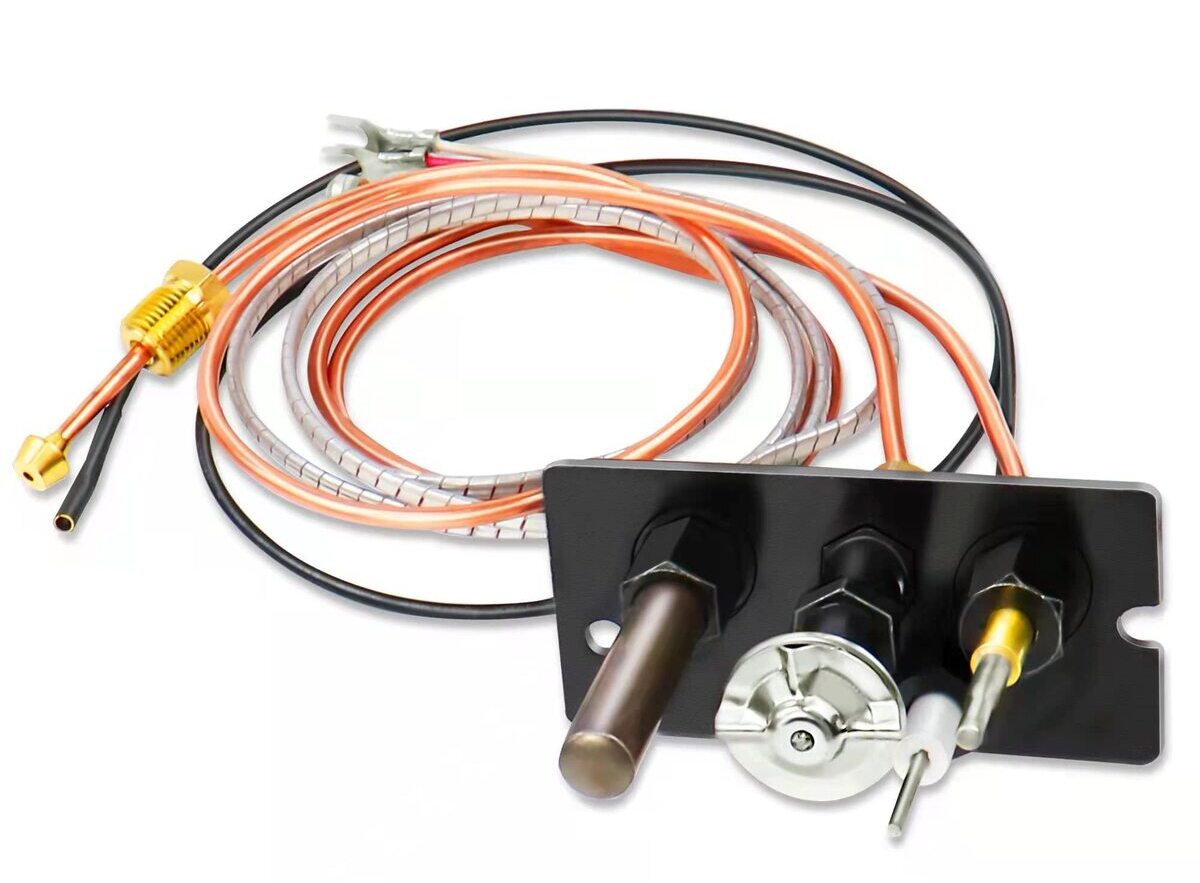
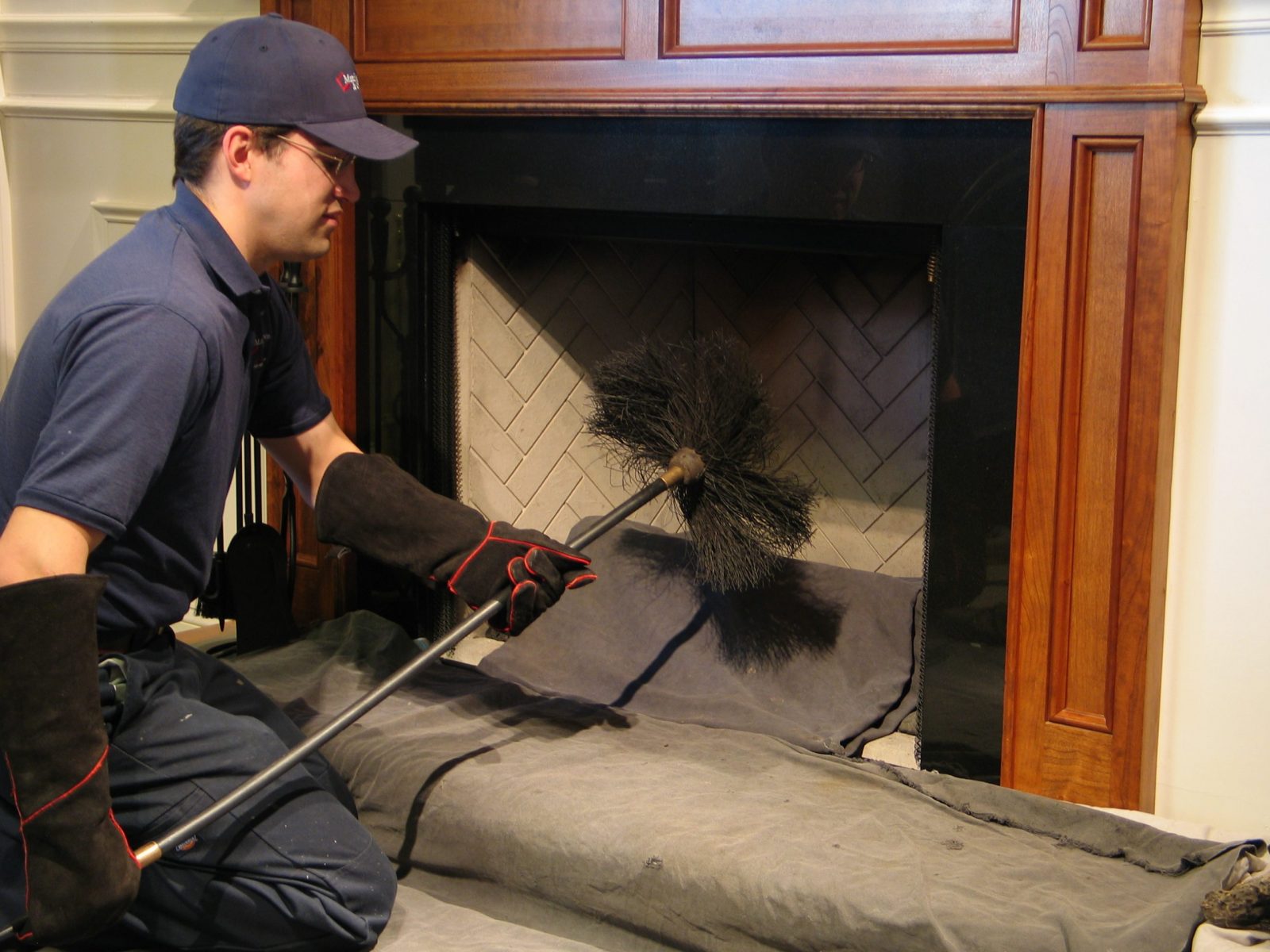

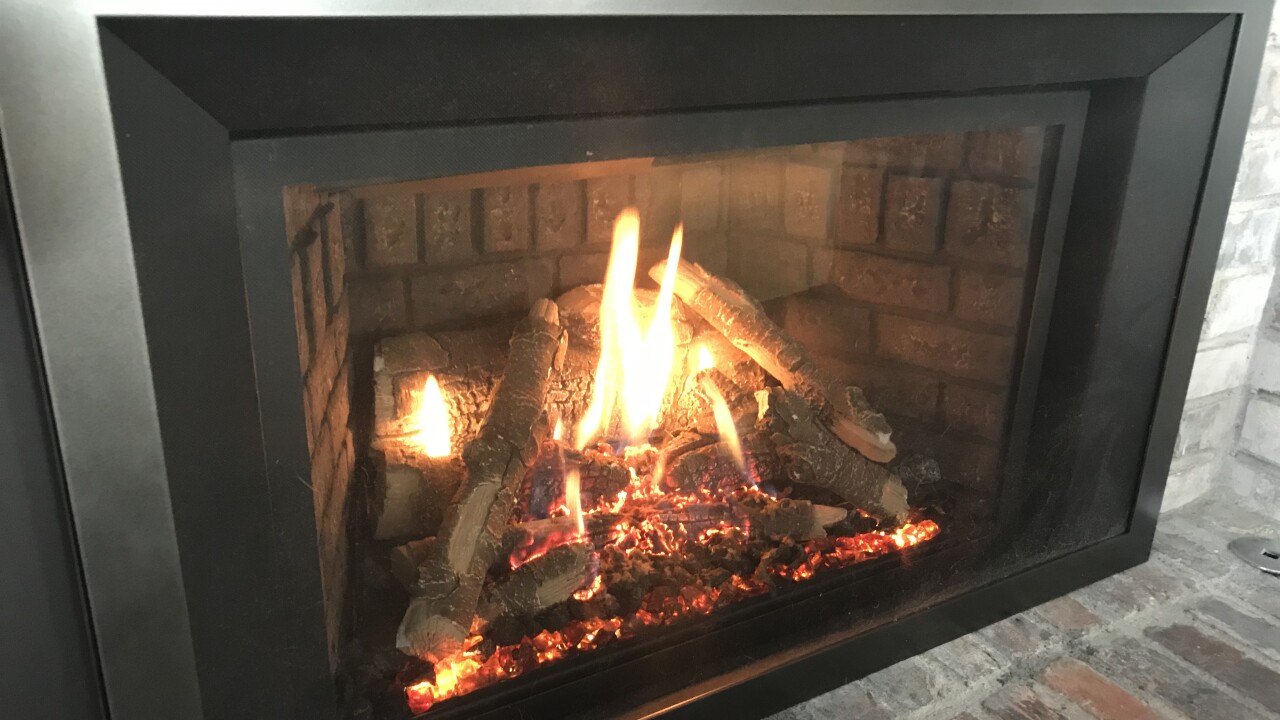
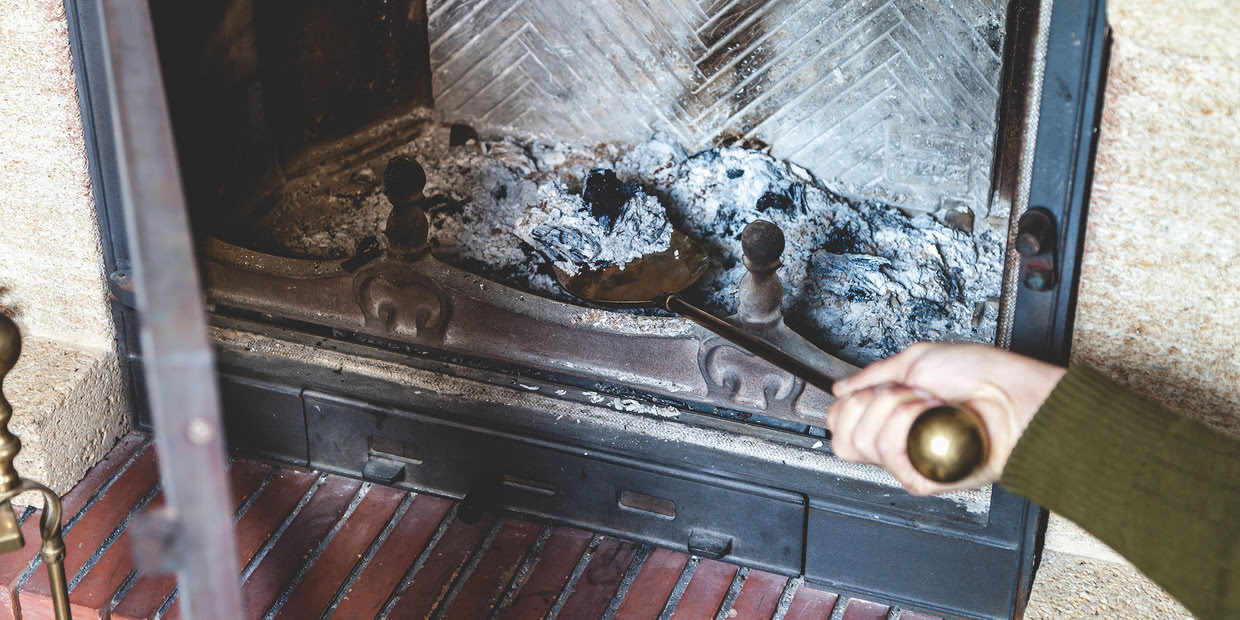
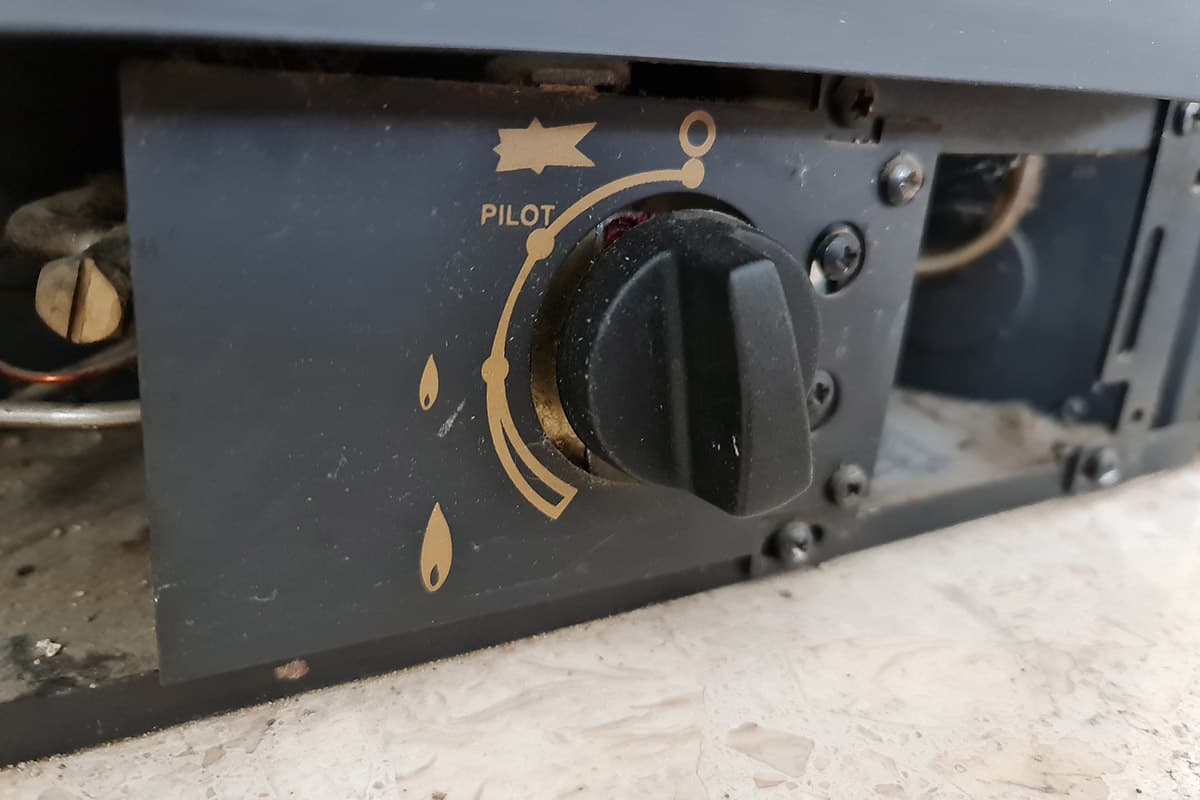

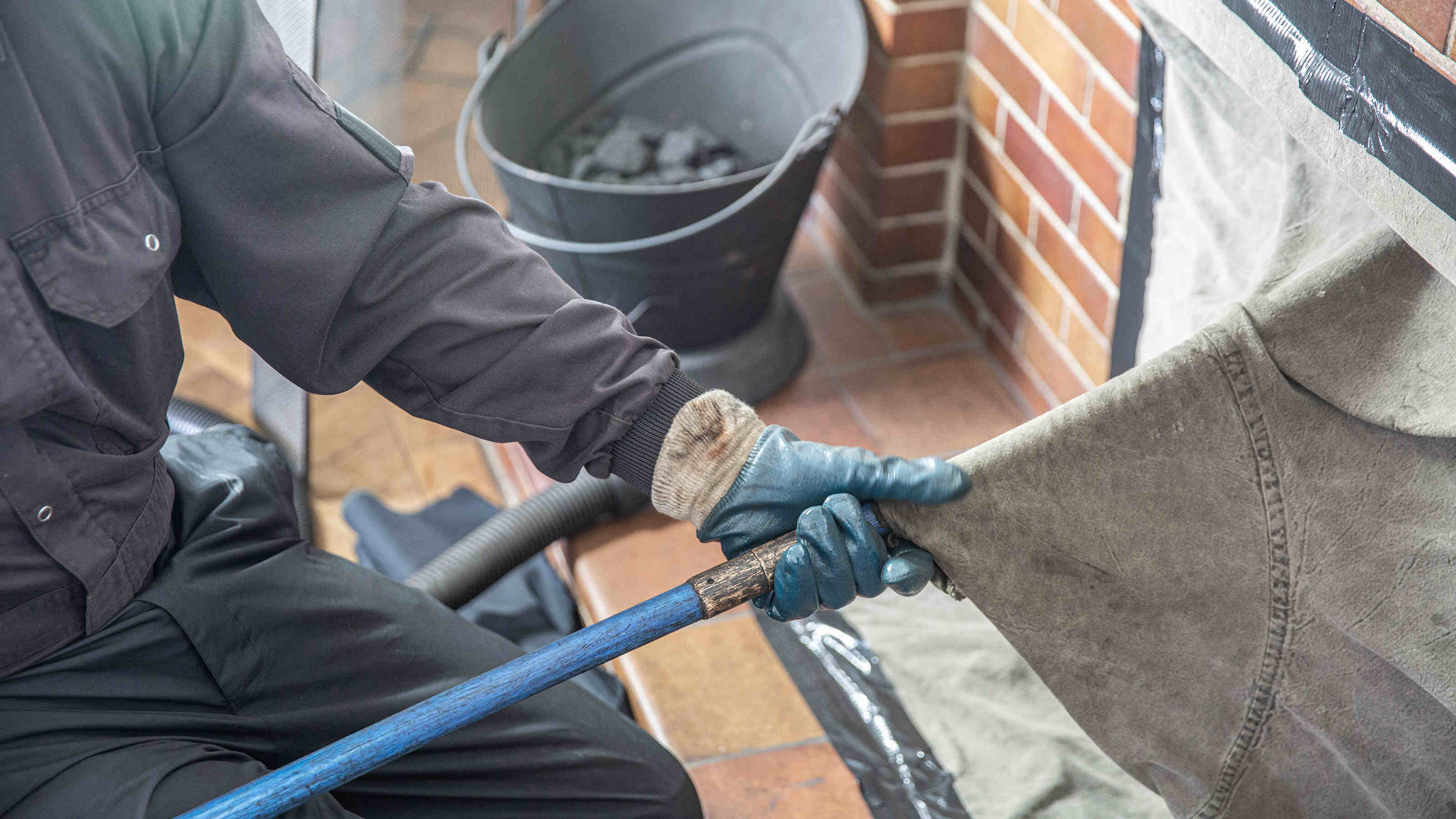





0 thoughts on “How Often To Clean Gas Fireplace Chimney”